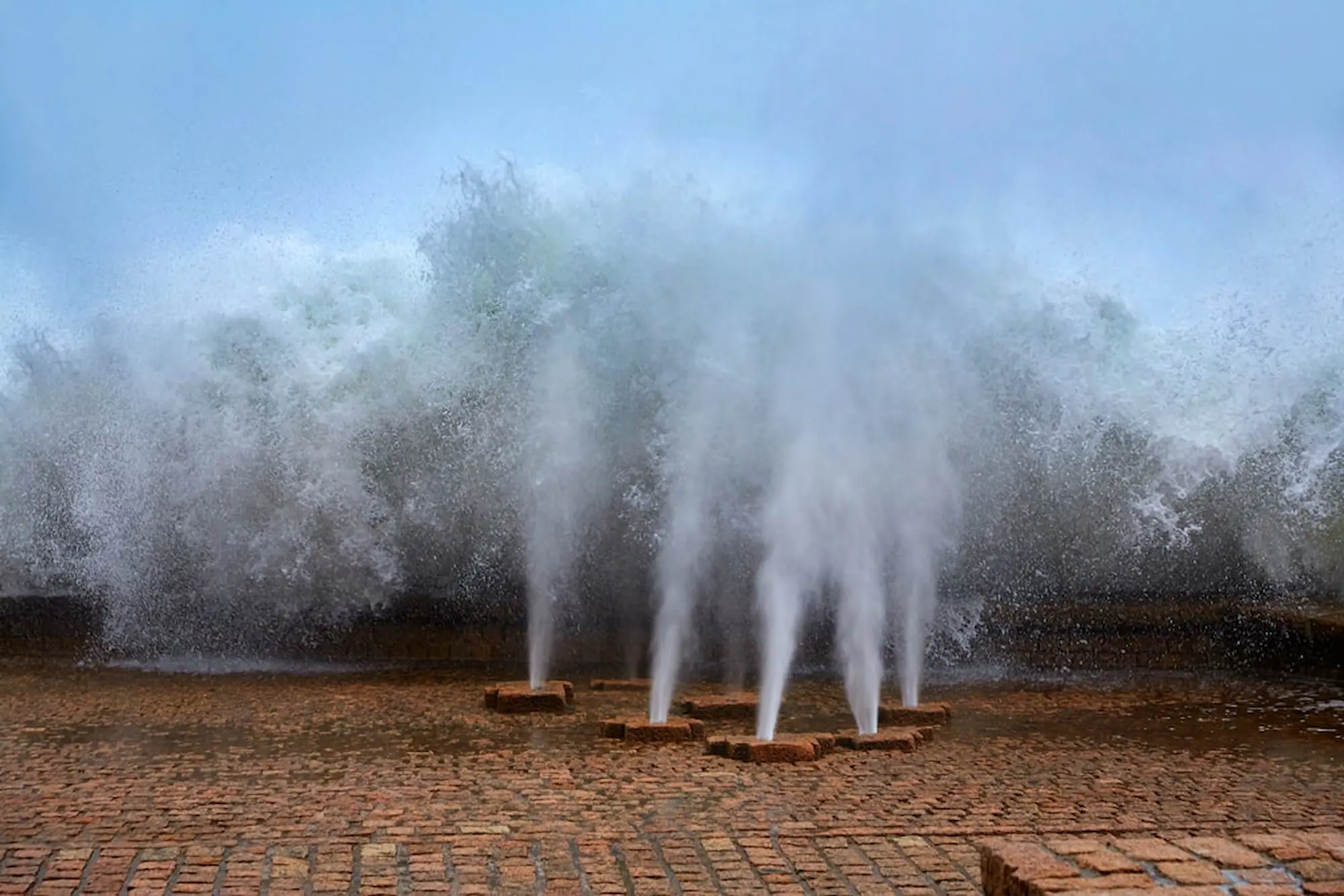Open-air sculptures
When the city itself is a museum
Art in open spaces, accessible to all, is an essential characteristic of our city. In a simple walk around the city you can admire works by major artists such as Eduardo Chillida and Jorge Oteiza, compositions that are fully integrated into the urban physiognomy.
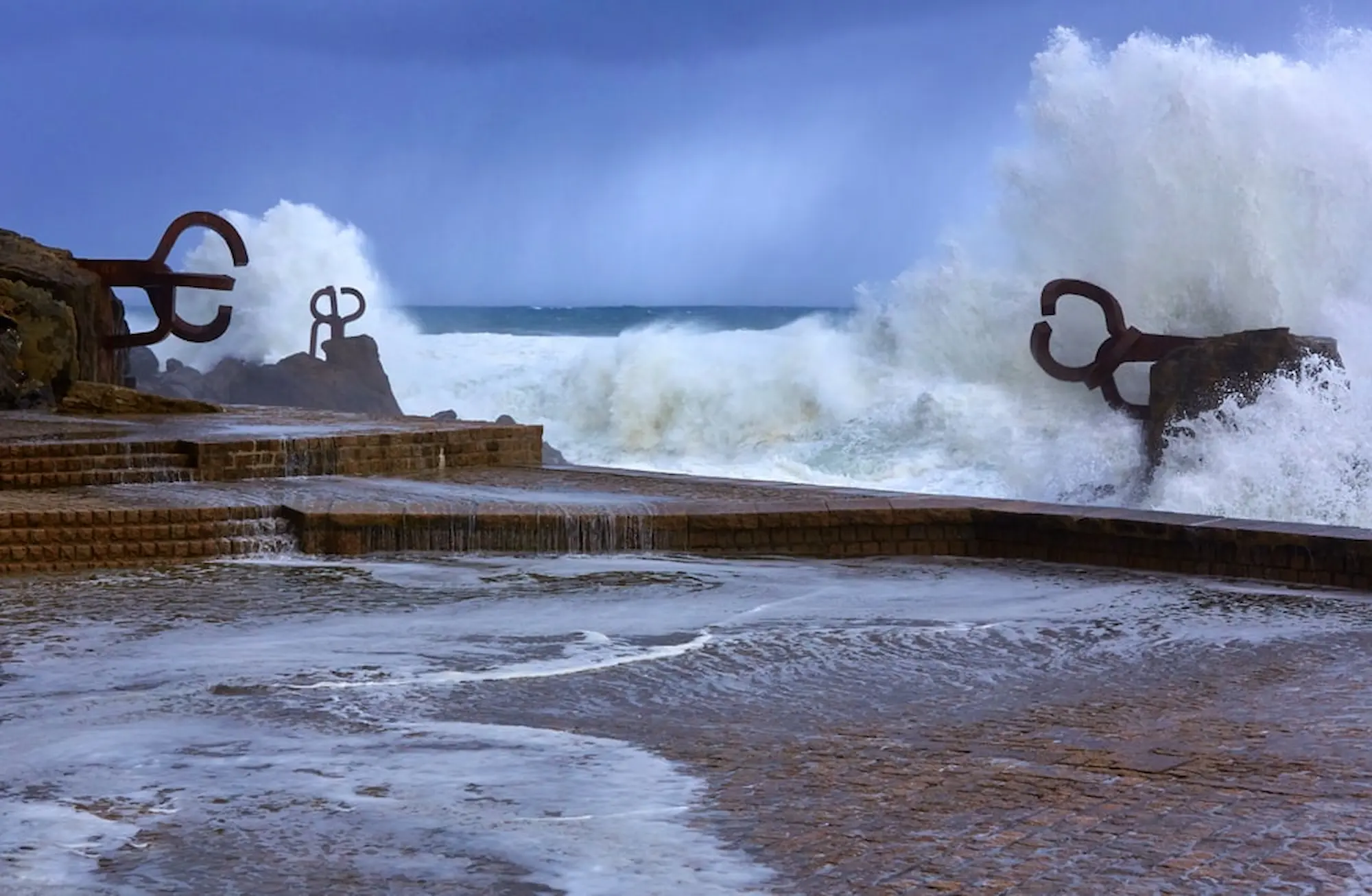
Peine del Viento
This famous sculpture by Eduardo Chillida is the perfect example of beauty in its purest form, a deep dialogue between art and landscape. It’s a place to meet up and relax for Donostiarras and tourists alike.
This famous sculpture by Eduardo Chillida is the perfect example of beauty in its purest form, a deep dialogue between art and landscape. It’s a place to meet up and relax for Donostiarras and tourists alike.
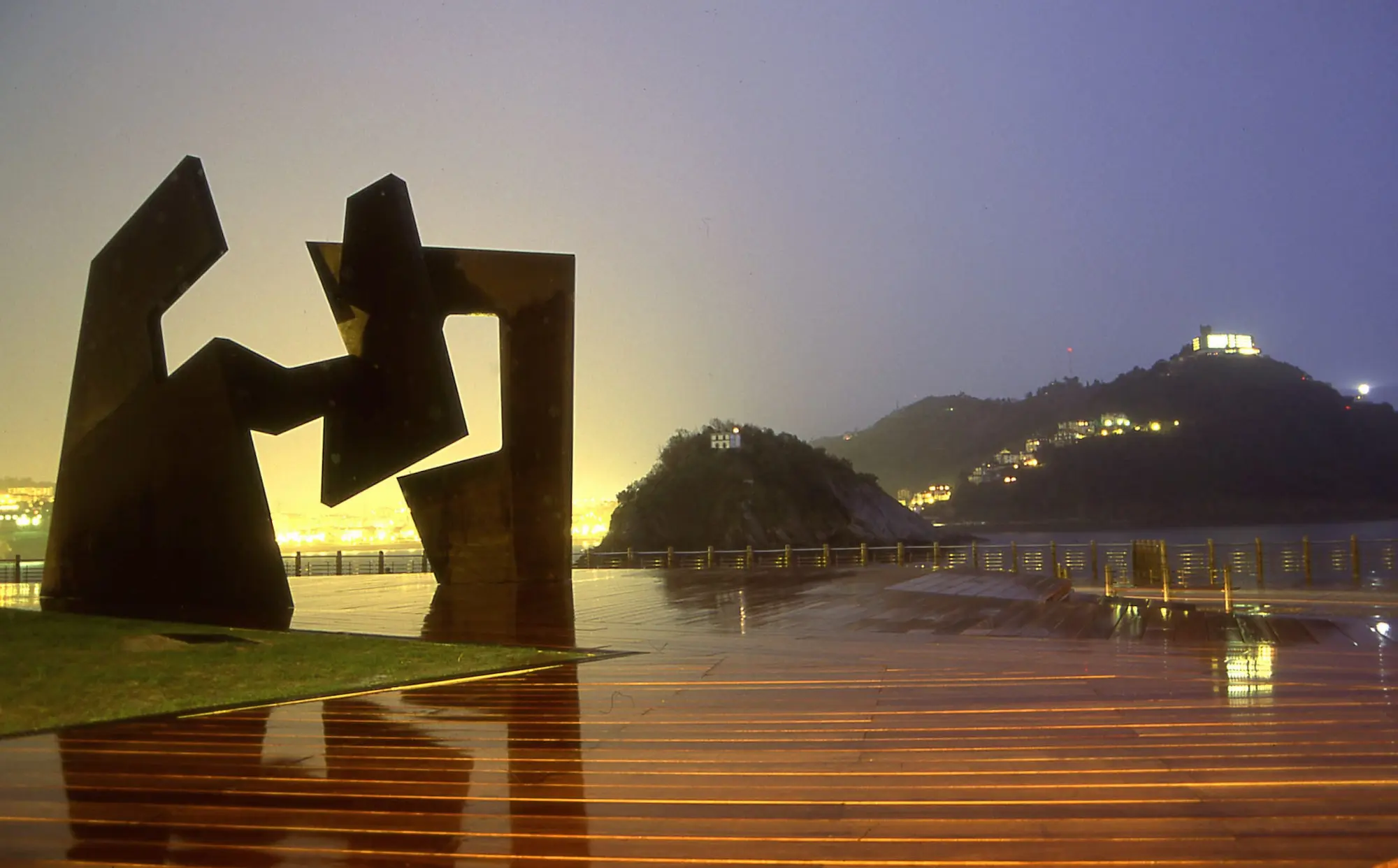
Construcción Vacía
These works by Jorge Oteiza rise proudly over Paseo Nuevo, who received an award in the Sao Paulo Biennial and is a leader in the world of contemporary art.
These works by Jorge Oteiza rise proudly over Paseo Nuevo, who received an award in the Sao Paulo Biennial and is a leader in the world of contemporary art.
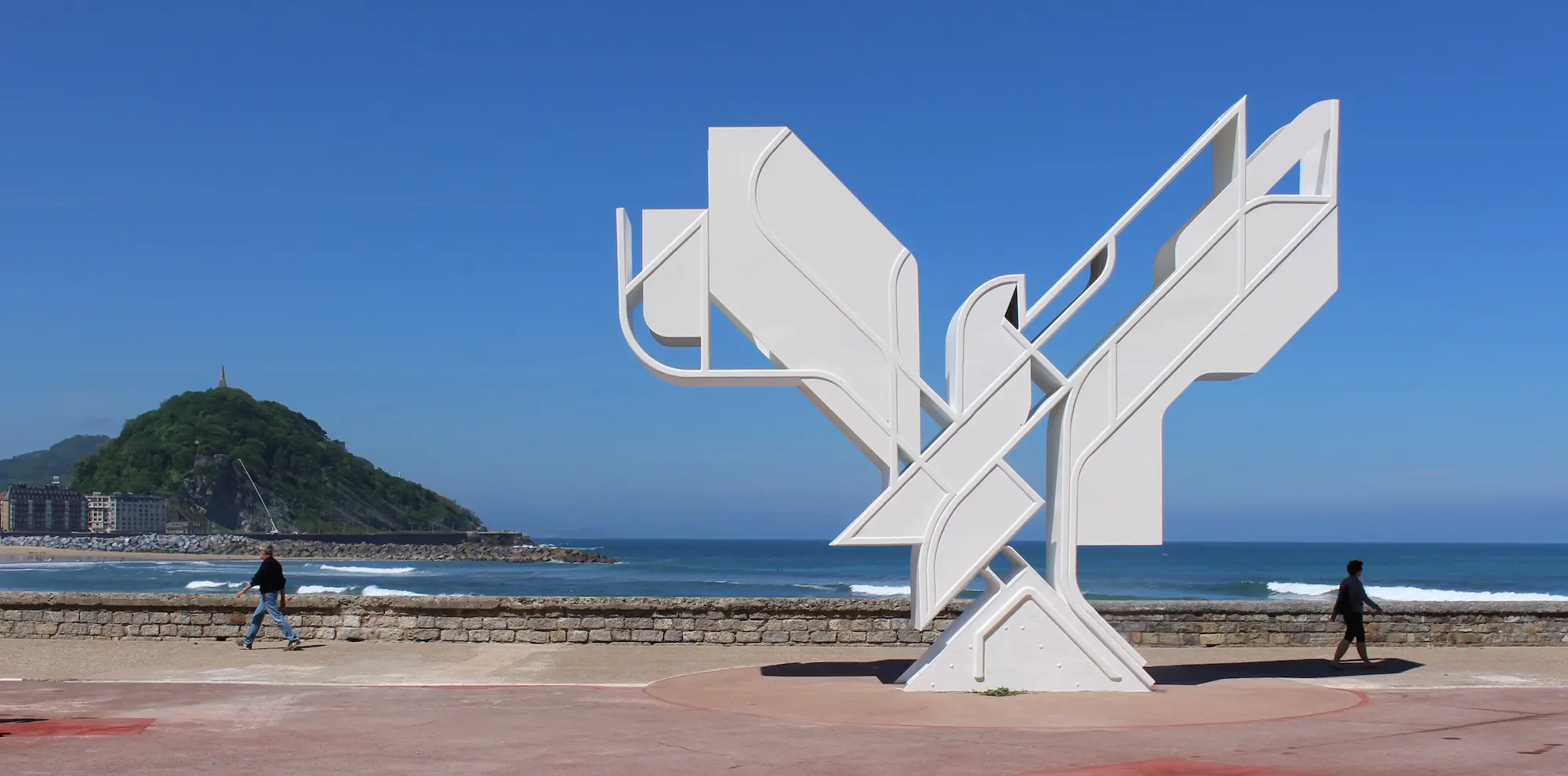
Paloma de la Paz
On the Zurriola promenade, looking directly out to sea, is the 7-metre tall sculpture designed by the Basque sculptor Nestor Basterretxea.
On the Zurriola promenade, looking directly out to sea, is the 7-metre tall sculpture designed by the Basque sculptor Nestor Basterretxea.
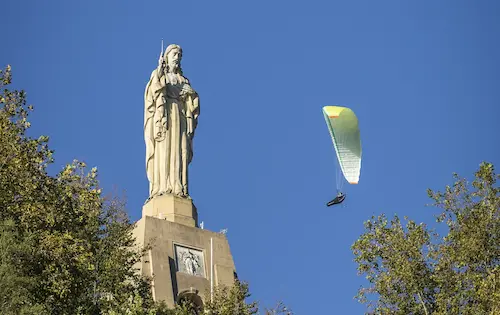
Sagrado Corazón
This 12-metre tall piece by the artist Federico Coullaut can be seen from six kilometres out to sea. It safeguards the city from the peak of Mount Urgull.
This 12-metre tall piece by the artist Federico Coullaut can be seen from six kilometres out to sea. It safeguards the city from the peak of Mount Urgull.
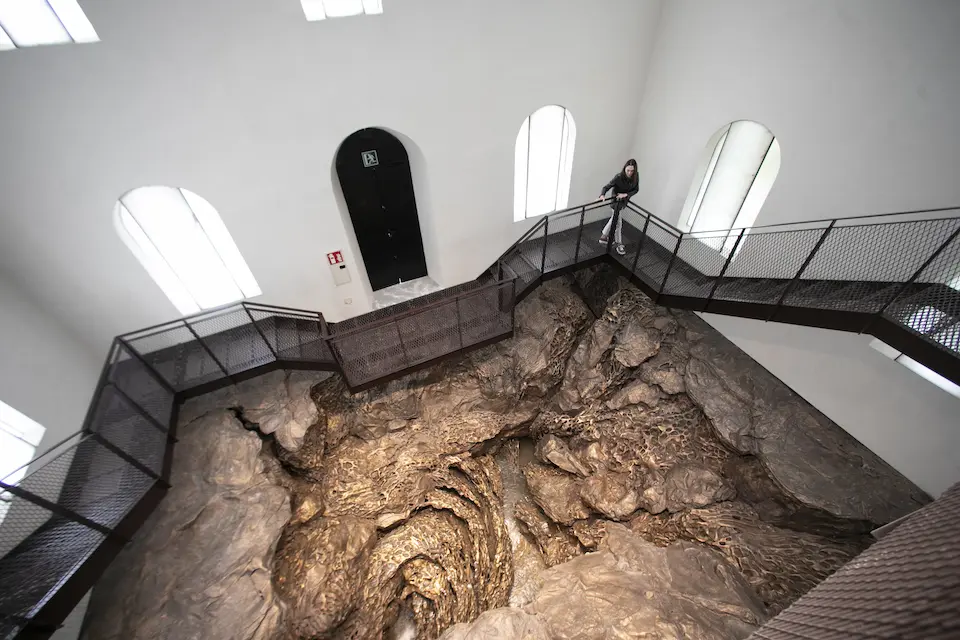
Hondalea
Carved inside the house belonging to the empty lighthouse, this piece by Cristina Iglesias incorporates the Basque Coast’s peculiar geology and ecology and the rough waters of the ocean surrounding the island.
Carved inside the house belonging to the empty lighthouse, this piece by Cristina Iglesias incorporates the Basque Coast’s peculiar geology and ecology and the rough waters of the ocean surrounding the island.
More art in our museums
If you’ve fallen in love with urban art in Donostia/San Sebastián don’t miss our very varied museums, where we’ll open a window to the past, but always with an exciting vision of the present and the future.
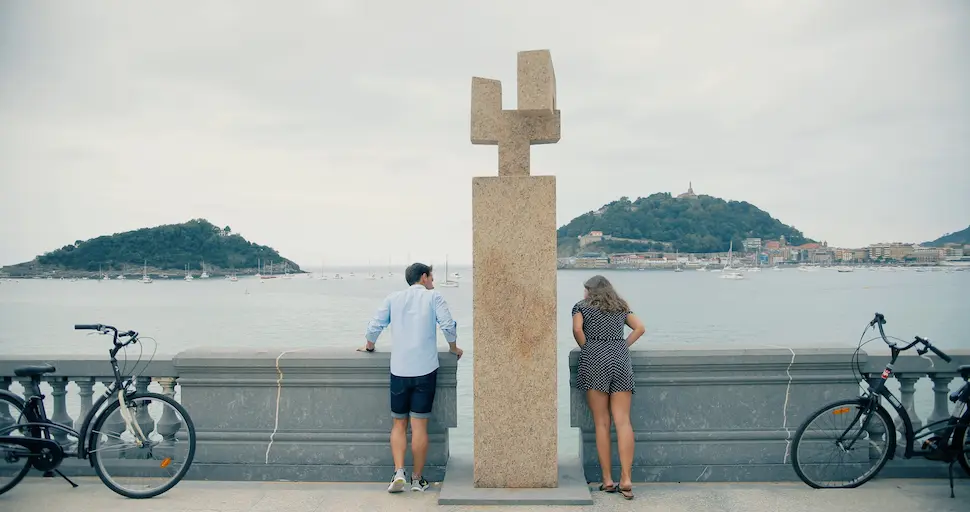
Homenaje a Fleming
With this work, Eduardo Chillida wanted to pay tribute to the man who discovered penicillin. It was designed in iron in 1955, but it was not until 1990 that the artist sculpted it in granite, as we know it today.
With this work, Eduardo Chillida wanted to pay tribute to the man who discovered penicillin. It was designed in iron in 1955, but it was not until 1990 that the artist sculpted it in granite, as we know it today.
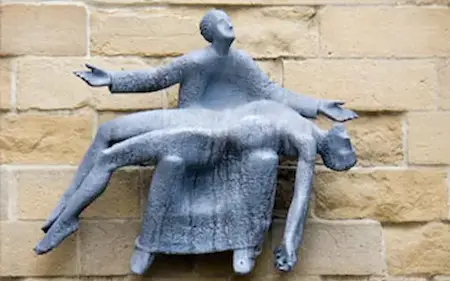
La Piedad
Esta obra, basada en bocetos de Jorge Oteiza, fue realizada por el escultor José Ramón Anda y supervisada en todo momento por el mismo Oteiza. Se instaló en la fachada de la Iglesia de San Vicente en 1999.
Esta obra, basada en bocetos de Jorge Oteiza, fue realizada por el escultor José Ramón Anda y supervisada en todo momento por el mismo Oteiza. Se instaló en la fachada de la Iglesia de San Vicente en 1999.

La Cruz de la Paz
This work by Chillida was a gift from the artist to Buen Pastor Cathedral on its centenary in 1997. The cross, extracted from a piece of alabaster, maintains the original texture of the stone.
This work by Chillida was a gift from the artist to Buen Pastor Cathedral on its centenary in 1997. The cross, extracted from a piece of alabaster, maintains the original texture of the stone.
Thanks to this great documentation work, promoted by the San Telmo Museum, you can find out about the sculptures that shape the physiognomy and, in many cases, the history of our city. Take a walk around Donostia like a true expert.
